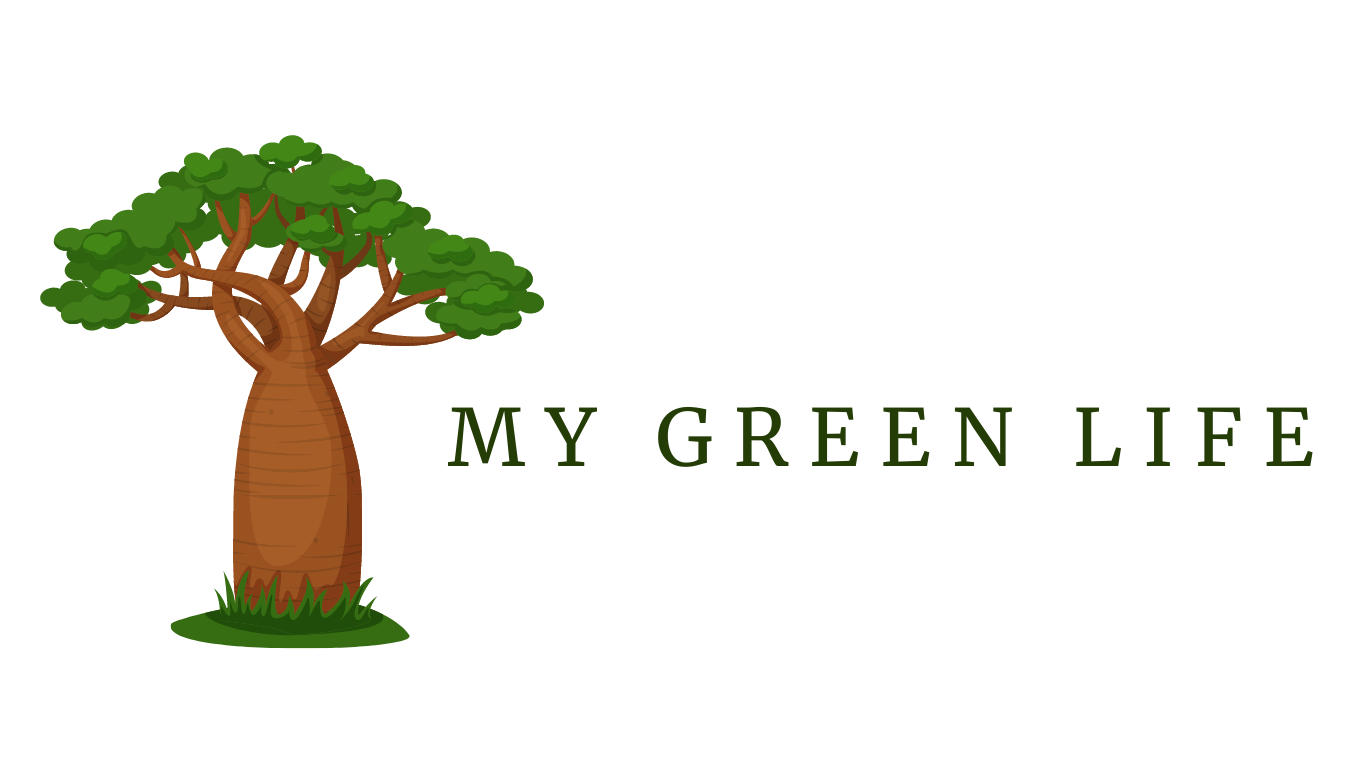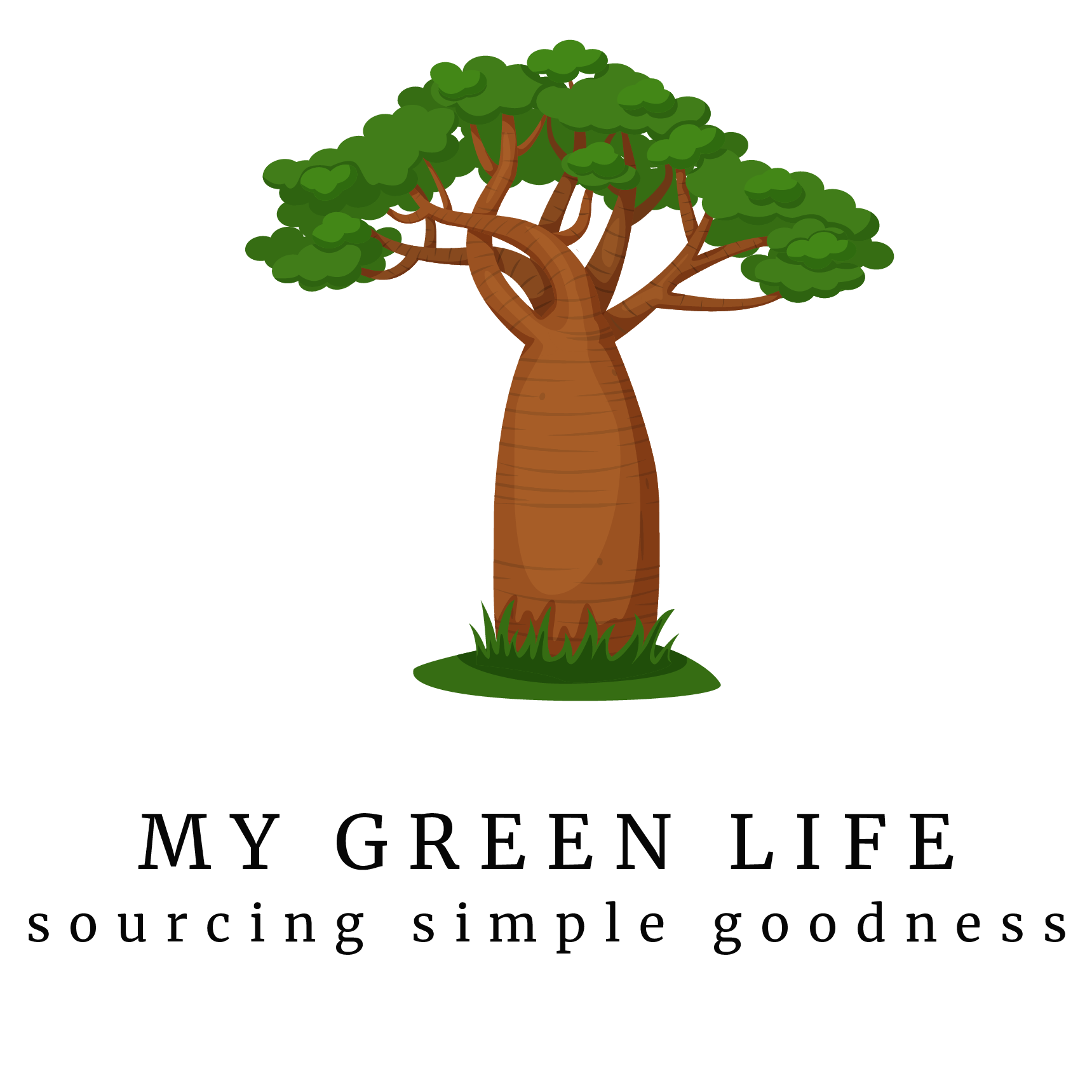5 JUNE: WORLD ENVIRONMENT DAY
Our Land Our Future! We cannot turn back time, but we can grow forests, revive water sources, and bring back good soils. We are the generation that can make peace with the land. Drought and desertification are threatening essential ecosystems across the planet, including freshwater ecosystems and soil. Approximately 60 per cent of all […]
Our Land Our Future!
We cannot turn back time, but we can grow forests, revive water sources, and bring back good soils. We are the generation that can make peace with the land.
Drought and desertification are threatening essential ecosystems across the planet, including freshwater ecosystems and soil. Approximately 60 per cent of all species live in soil, making land the planet’s most biodiverse habitat. Healthy soils store massive amounts of carbon, which, if released, would cause a huge spike to planetary warming. Only 0.5% of water on Earth is useable freshwater. Climate change is dangerously affecting that supply and has severe ramifications for water security and food production. Whilst drylands generate 44% of global crops, feed for half of the world’s livestock, it is also home to more than a quarter of the world’s forests.
Deserts cover more than one-fifth of the Earth’s land area and are found on every continent and despite its reputation for being lifeless, the deserts are home to many plant-, mammalian-, reptilian-, and avian species, as well as several arthropods, such as spiders and scorpions. Many deserts are expanding because of climate change. Forests on the other hand cover only 31% of the Earth and are home to more than half of the world’s land-based species of animals, insects and plants including medicinal plants, many of which are found in forest ecosystems. Soil microorganisms are important in producing antibiotics. Penicillin, for example, comes from a small fungus living in the soil in forests.
Cities occupy 3% of the Earth’s land surface and account for 75% of energy use, and produce more than half of global waste and at least 60% of greenhouse gas emissions. If trees are planted in urban areas they can cool the air by up to 5°C, reducing air conditioning needs and they provide multiple health benefits such as cleaner water, clean air and reduce flooding among many other benefits.
Investing in its restoration we could preserve our heritage while boosting our economy and security. Every country is in some way affected by accelerating climate change as is our iconic landscapes and traditional food which are critically threatened by water shortages, heat, wildfires and floods. However, there is a solution and it lies in our land and nature.
The physical environment both in and outside your home has a direct impact on how you feel. The Environment Is a Human Health Issue. We often talk about the environment like it’s something completely separate from ourselves and our daily lives. We’re so used to the environments we live in, our homes, our cities, the greenery (or lack thereof) outside our front doors, that we realise that it is something we all depend on for our health, our livelihoods, and our overall well-being as people.
We can talk about the deforestation of rainforests; the melting ice caps at the poles; and the well-documented harms of pollution and deteriorating infrastructure. We can talk about cancer and asthma, depression, and childhood hunger, but so often these can feel unrelated. And sure, maybe you do live thousands of miles from the Amazon but the effects of the deforestation whether you realize it or not, is affecting the air we breathe, the quality of our food, and even our mental health.
It’s time that we reframe how we think about the environment in relationship to ourselves and our communities. The health and well-being of our environment isn’t just a climate change issue, it’s a human health issue. Climate change can affect human health by changing the severity, duration, or frequency of health problems and by creating unprecedented or unanticipated health problems.








 EN
EN


